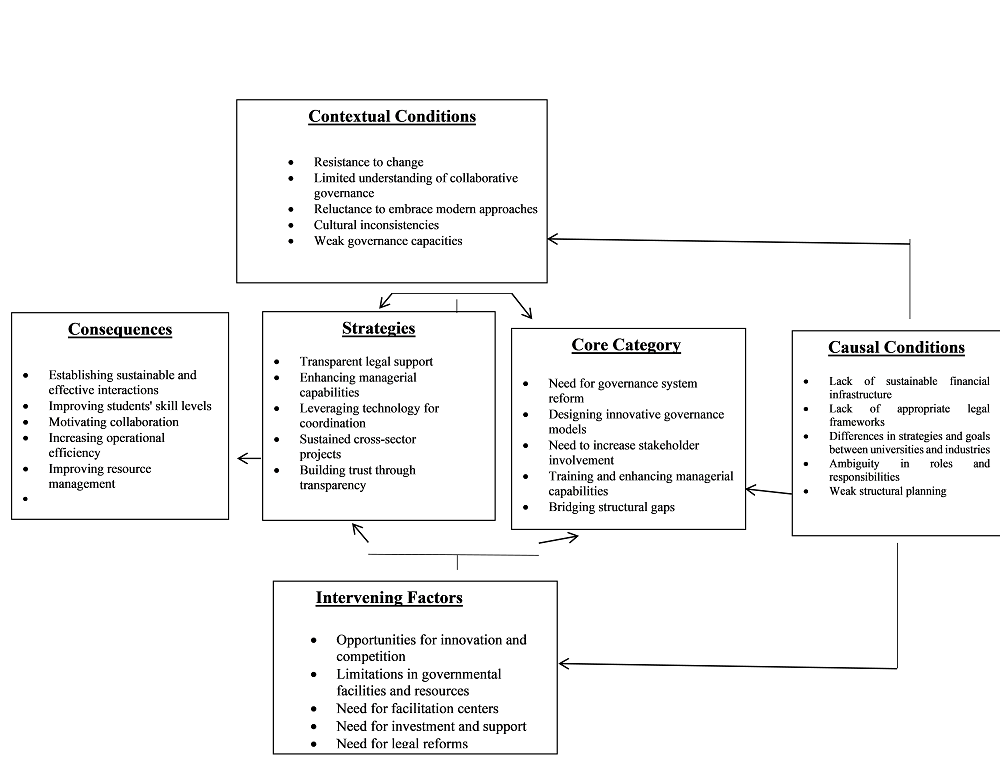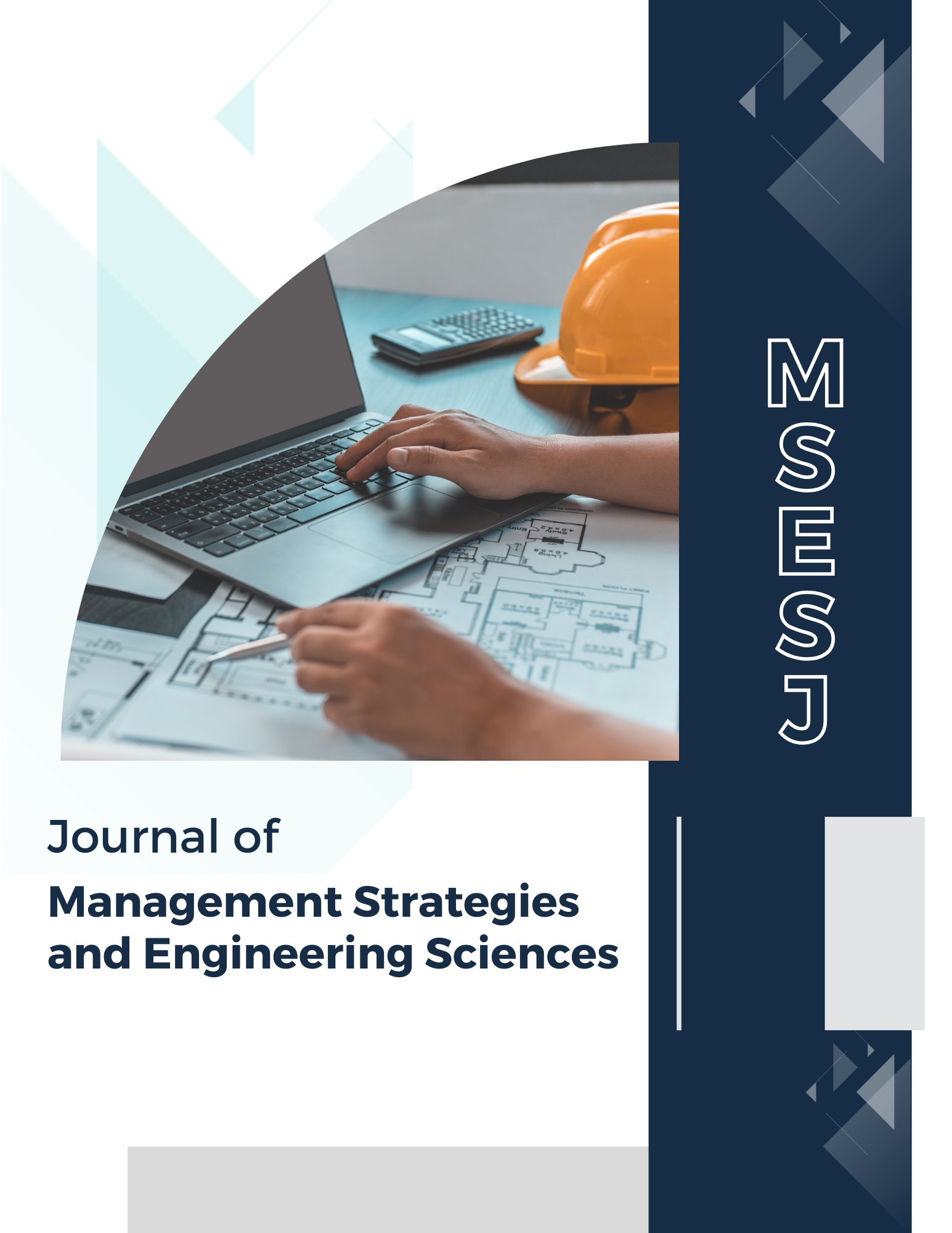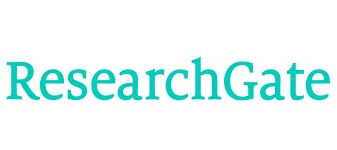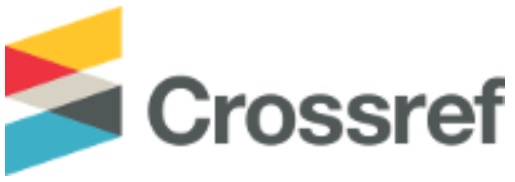Challenges and Barriers to Implementing Collaborative Governance for Linking Education and Industry
Keywords:
Governance, Participation, Collaborative Governance, Education, IndustryAbstract
The present study aims to identify the challenges and barriers to implementing collaborative governance in the linkage between education and industry to provide practical solutions for managers and stakeholders in this field. To achieve the research objectives, the theoretical literature, including the history, definitions, and theories related to collaborative governance, education-industry interaction, and existing barriers, was first reviewed. The study, based on an interpretive philosophical foundation and an inductive approach, employed a qualitative method and a grounded theory strategy. Participants were selected through purposive sampling and snowball techniques. Data were collected using interviews with 10 experts from academia, industry, and government sectors. The research data were analyzed using a three-phase coding process: open coding, axial coding, and selective coding. Based on data analysis, the barriers to implementing collaborative governance in the education-industry linkage were categorized into six dimensions: causal conditions, contextual conditions, intervening conditions, the core category, strategies, and outcomes. In causal conditions, factors such as a lack of financial resources and the absence of legal infrastructure were identified as key barriers. Contextual conditions included inappropriate organizational culture and traditional attitudes toward collaborative governance. Intervening conditions highlighted the impact of rapid technological changes and insufficient policy-making. The core category identified in this study was the inefficiency of governance structures, which serves as the central challenge in education-industry interaction. Proposed strategies included enhancing transparency, reforming regulations, and leveraging modern technologies to facilitate interactions. Positive outcomes of successfully implementing collaborative governance included increased innovation, strengthened collaborations, and improved educational effectiveness. The temporal scope of the study was 2024, and the spatial scope was higher education institutions and industries in Iran. The study results revealed that the barriers to implementing collaborative governance pertain to two levels: macro (policy-making and legislation) and micro (cultural development, planning, and operational tools). Accordingly, a combined top-down and bottom-up approach is recommended to address these barriers. This approach can foster effective interactions among academic, industrial, and governmental institutions, thereby enabling the successful implementation of collaborative governance.
References
A. A. Pourrezzat, "Designing policy laboratory and rational decision-making situation to avoid trial and error in governance of executive branch," Quarterly Journal of Public Organizations Management, vol. 9, no. 3, pp. 161-170, 2021. [Online]. Available: https://ipom.journals.pnu.ac.ir/article_7949.html?lang=en.
A. Radwan, "The post-pandemic future of higher education," Dean and Provost, vol. 23, no. 6, pp. 1-5, 2022, doi: 10.1002/dap.30987.
A. Bryant and K. Charmaz, Constructing Grounded Theory. SAGE Publications, 2020.
S. Mena and K. G. Provan, "Managing network legitimacy: The case of the climate change regime," Public Administration Review, vol. 70, no. 3, pp. 317-328, 2010.
H. Alizadeh and M. Jalali Filshour, "Proposing a Mixed Model of a Digital Marketing in the Financial Services Sector with an Emphasis on Artificial Intelligence Tools," in 30th National and 11th International Conference on Insurance and Development, 2023. [Online]. Available: https://civilica.com/doc/1578810/.
H. Amin and M. Zoghi, "Barriers to successful industry-academic collaborations: A systematic review," International Journal of Technology Management, vol. 63, no. 1, pp. 1-16, 2022.
Y. Dadash Karimi, N. Mirsepassi, and R. Najafbeigi, "Designing a model for the higher education governance," Quarterly Journal of Public Organizations Management, vol. 7, no. 3, pp. 11-28, 2019. [Online]. Available: https://ipom.journals.pnu.ac.ir/article_5881_en.html.
D. Schulz, Governance in Education and Industry: Exploring New Models. Springer, 2021.
K. Starkey, Collaboration and Governance in Education and Industry. Oxford University Press, 2020.
C. Ansell and A. Gash, "Collaborative governance in theory and practice," Journal of Public Administration Research and Theory, vol. 18, no. 4, pp. 543-571, 2008, doi: 10.1093/jopart/mum032.
A. Hargreaves, Teaching and Education in a Changing World. Routledge, 2022.
F. Zhao, O. I. Fashola, T. I. Olarewaju, and I. Onwumere, "Smart city research: A holistic and state-of-the-art literature review," Cities, vol. 119, p. 103406, 2021, doi: 10.1016/j.cities.2021.103406.
H. Etzkowitz and L. Leydesdorff, "The dynamics of innovation: From National Systems and "Mode 2" to a Triple Helix of university-industry-government relations," Research Policy, vol. 29, no. 2, pp. 109-123, 2000, doi: 10.1016/S0048-7333(99)00055-4.
M. Perkmann and K. Walsh, "University-industry relationships and open innovation: Towards a research agenda," International Journal of Management Reviews, vol. 9, no. 4, pp. 259-280, 2007, doi: 10.1111/j.1468-2370.2007.00225.x.
M. T. V. M. M. A. E. B. A. D. E. P. F. R. G. A. G. R. H. A. K. S. K. M. Perkmann, "Academic engagement and commercialisation: A review of the literature on university-industry relations," Research Policy, vol. 42, no. 2, pp. 423-442, 2013, doi: 10.1016/j.respol.2012.09.007.
C. Brundenius, B. A. Lundvall, and J. Sutz, Innovation systems and development: The journey of a Southern perspective. Edward Elgar Publishing, 2011.
E. Zabihzadeh, S. Sayyad Shirkosh, and F. Haghshenas Kashani, "Designing a collaborative governance model with a combined approach: Context of electricity demand side management in Iran," Strategic Studies of Public Policy, vol. 11, no. 40, pp. 184-209, 2021. [Online]. Available: https://sspp.iranjournals.ir/article_247494.html?lang=en.
K. G. Provan and P. Kenis, "Modes of network governance: Structure, management, and effectiveness," Journal of Public Administration Research and Theory, vol. 18, no. 2, pp. 229-252, 2008, doi: 10.1093/jopart/mum015.
R. D. Putnam, Making democracy work: Civic traditions in modern Italy. Princeton university press, 1993.
P. M. Senge, The fifth discipline: The art and practice of the learning organization. Doubleday/Currency, 1990.
K. Emerson, T. Nabatchi, and S. Balogh, "An integrative framework for collaborative governance," Journal of Public Administration Research and Theory, vol. 22, no. 1, pp. 1-29, 2012, doi: 10.1093/jopart/mur011.
A. A. Pourrezzat, "Designing policy laboratory and rational decision-making situation to avoid trial and error in governance of executive branch," Quarterly Journal of Public Organizations Management, vol. 9, no. 3, pp. 161-170, 2021. [Online]. Available: https://ipom.journals.pnu.ac.ir/article_7949.html?lang=en.
A. Radwan, "The post-pandemic future of higher education," Dean and Provost, vol. 23, no. 6, pp. 1-5, 2022, doi: 10.1002/dap.30987.
A. Bryant and K. Charmaz, Constructing Grounded Theory. SAGE Publications, 2020.
S. Mena and K. G. Provan, "Managing network legitimacy: The case of the climate change regime," Public Administration Review, vol. 70, no. 3, pp. 317-328, 2010.
H. Alizadeh and M. Jalali Filshour, "Proposing a Mixed Model of a Digital Marketing in the Financial Services Sector with an Emphasis on Artificial Intelligence Tools," in 30th National and 11th International Conference on Insurance and Development, 2023. [Online]. Available: https://civilica.com/doc/1578810/.
H. Amin and M. Zoghi, "Barriers to successful industry-academic collaborations: A systematic review," International Journal of Technology Management, vol. 63, no. 1, pp. 1-16, 2022.
Y. Dadash Karimi, N. Mirsepassi, and R. Najafbeigi, "Designing a model for the higher education governance," Quarterly Journal of Public Organizations Management, vol. 7, no. 3, pp. 11-28, 2019. [Online]. Available: https://ipom.journals.pnu.ac.ir/article_5881_en.html.
D. Schulz, Governance in Education and Industry: Exploring New Models. Springer, 2021.
K. Starkey, Collaboration and Governance in Education and Industry. Oxford University Press, 2020.
C. Ansell and A. Gash, "Collaborative governance in theory and practice," Journal of Public Administration Research and Theory, vol. 18, no. 4, pp. 543-571, 2008, doi: 10.1093/jopart/mum032.
A. Hargreaves, Teaching and Education in a Changing World. Routledge, 2022.
F. Zhao, O. I. Fashola, T. I. Olarewaju, and I. Onwumere, "Smart city research: A holistic and state-of-the-art literature review," Cities, vol. 119, p. 103406, 2021, doi: 10.1016/j.cities.2021.103406.
H. Etzkowitz and L. Leydesdorff, "The dynamics of innovation: From National Systems and "Mode 2" to a Triple Helix of university-industry-government relations," Research Policy, vol. 29, no. 2, pp. 109-123, 2000, doi: 10.1016/S0048-7333(99)00055-4.
M. Perkmann and K. Walsh, "University-industry relationships and open innovation: Towards a research agenda," International Journal of Management Reviews, vol. 9, no. 4, pp. 259-280, 2007, doi: 10.1111/j.1468-2370.2007.00225.x.
M. T. V. M. M. A. E. B. A. D. E. P. F. R. G. A. G. R. H. A. K. S. K. M. Perkmann, "Academic engagement and commercialisation: A review of the literature on university-industry relations," Research Policy, vol. 42, no. 2, pp. 423-442, 2013, doi: 10.1016/j.respol.2012.09.007.
C. Brundenius, B. A. Lundvall, and J. Sutz, Innovation systems and development: The journey of a Southern perspective. Edward Elgar Publishing, 2011.
E. Zabihzadeh, S. Sayyad Shirkosh, and F. Haghshenas Kashani, "Designing a collaborative governance model with a combined approach: Context of electricity demand side management in Iran," Strategic Studies of Public Policy, vol. 11, no. 40, pp. 184-209, 2021. [Online]. Available: https://sspp.iranjournals.ir/article_247494.html?lang=en.
K. G. Provan and P. Kenis, "Modes of network governance: Structure, management, and effectiveness," Journal of Public Administration Research and Theory, vol. 18, no. 2, pp. 229-252, 2008, doi: 10.1093/jopart/mum015.
R. D. Putnam, Making democracy work: Civic traditions in modern Italy. Princeton university press, 1993.
P. M. Senge, The fifth discipline: The art and practice of the learning organization. Doubleday/Currency, 1990.
K. Emerson, T. Nabatchi, and S. Balogh, "An integrative framework for collaborative governance," Journal of Public Administration Research and Theory, vol. 22, no. 1, pp. 1-29, 2012, doi: 10.1093/jopart/mur011.












